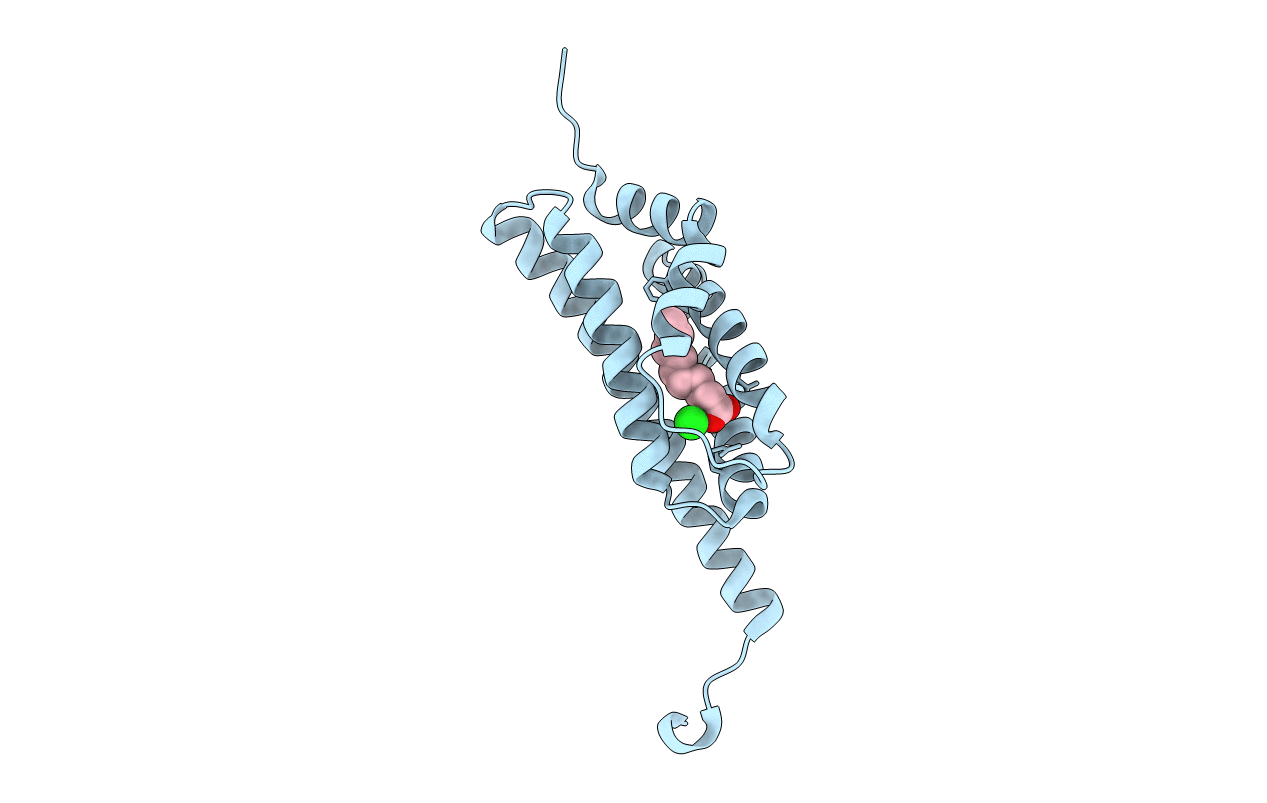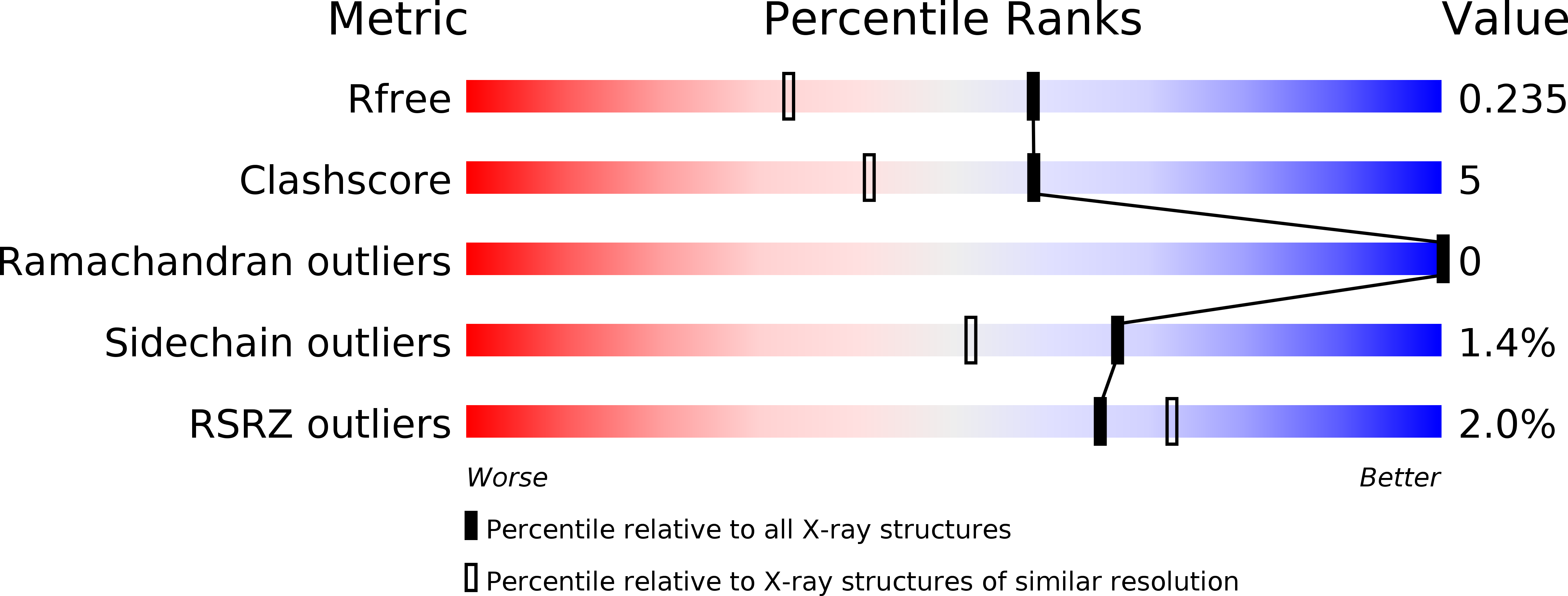
Deposition Date
2010-11-16
Release Date
2011-01-19
Last Version Date
2024-02-21
Entry Detail
PDB ID:
3PMD
Keywords:
Title:
Crystal structure of the sporulation inhibitor pXO1-118 from Bacillus anthracis
Biological Source:
Source Organism:
Bacillus anthracis (Taxon ID: 1392)
Host Organism:
Method Details:
Experimental Method:
Resolution:
1.76 Å
R-Value Free:
0.22
R-Value Work:
0.17
R-Value Observed:
0.18
Space Group:
P 32 2 1


